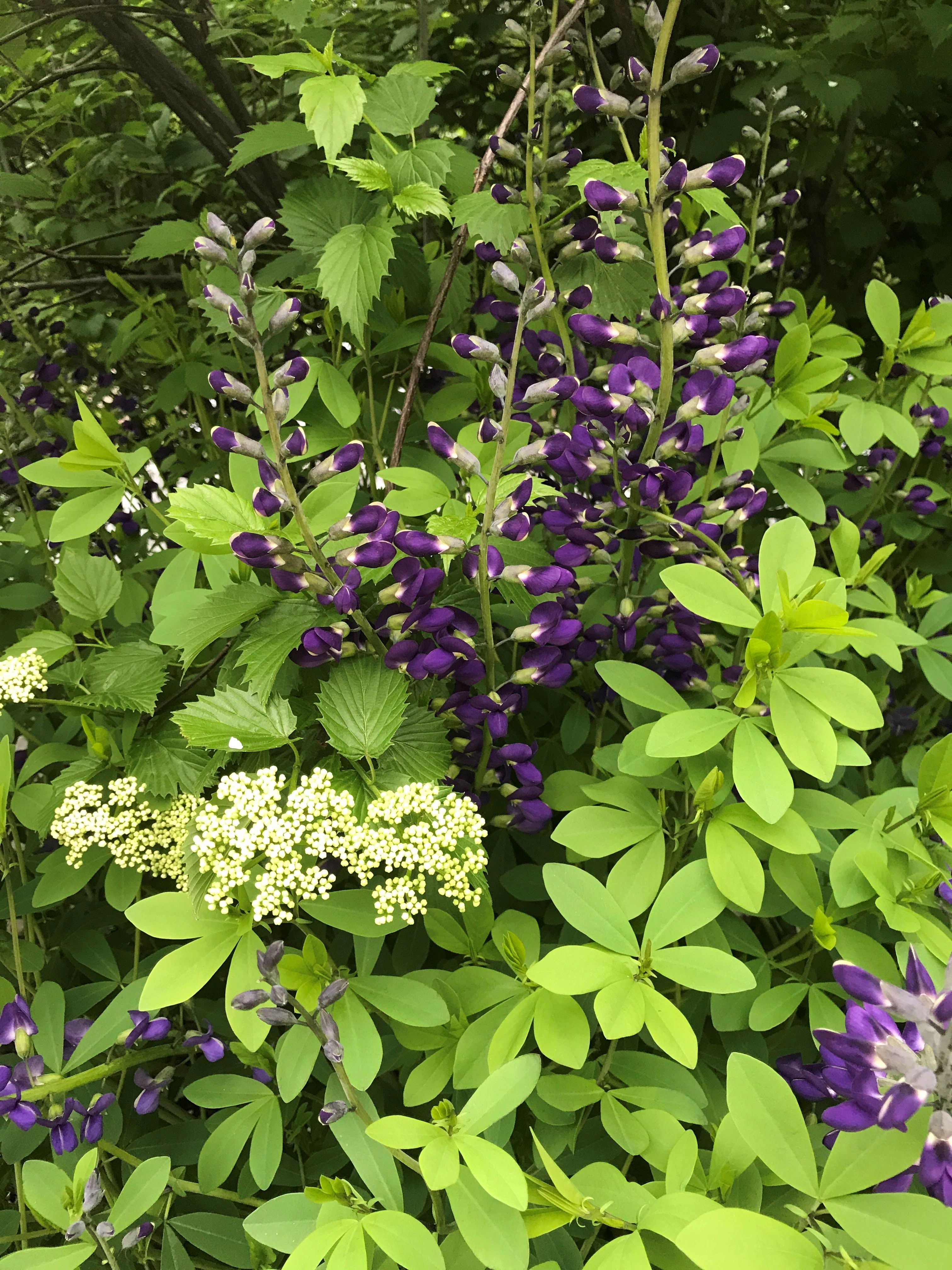Planting Your Garden
“Earth, 114 million years ago, one morning just after sunrise: the first flower ever to appear on the planet opens up to receive the rays of the sun. Prior to this momentous event that heralds an evolutionary transformation in the life of plants, the planet had already been covered in vegetation for millions of years. The first flower probably did not survive for long, and flowers must have remained rare and isolated phenomena since conditions were most likely not yet favorable for a widespread flowering to occur. One day, however, a critical threshold was reached, and suddenly there would have been an explosion of color and scent all over the planet – if a perceiving consciousness had been there to witness it.
Much later, those delicate and fragrant beings we call flowers would come to play an essential part in the evolution of consciousness of another species. Humans would increasingly be drawn to and fascinated by them.”
The Flowering of Human Consciousness
~Eckart Tolle,
A New Earth Awakening to Your Life’s Purpose
 I have always been fascinated with flowers. I’m not sure if it is a hereditary thing (my paternal grandfather taught botany at Harvard and owned a nursery in Milton). Or that I am fascinated by the colors, textures, and smells of all the different varieties of plants, or that it is a rewarding and joyful experience that has taught me patience and the ability to respect nature and the circle of life. Wait, maybe it is all of these things.
I have always been fascinated with flowers. I’m not sure if it is a hereditary thing (my paternal grandfather taught botany at Harvard and owned a nursery in Milton). Or that I am fascinated by the colors, textures, and smells of all the different varieties of plants, or that it is a rewarding and joyful experience that has taught me patience and the ability to respect nature and the circle of life. Wait, maybe it is all of these things.
Spring is the time of year that I look forward to. The thought of creating my garden each year is something I just can’t wait for. That last frost, I wait for with bated breath. I can't wait to start looking for the flowers and plants to grow throughout the season. I get so excited at the thought of each new bloom from every plant.
Planting Your Garden:
The most important aspects of gardening: It can be any size you choose. It does not have to be expansive or expensive. Start off small, and then if you enjoy it, work your way into bigger areas.
If you are going to create something outside, make sure the last frost is done. Choose a place that you can see from inside your home too. Out a window that you look at often, or next to a seat you sit in often so that you can continually enjoy watching the miraculous change every day.
Once you have chosen the spot, make sure to clean out the area well, getting rid of any grass and/or weeds. Loosening the soil after cleaning the space. Once this is done, I purchase an all-purpose gardening soil. Spread the mixture out over the space and mix in with your loosened soil. This will ensure that the soil is healthy enough to grow your plants.
Before you start buying your seeds or plants, take notice of the spot that you have chosen. Watch throughout the day and see how long the sun is on that spot and how long the shade is in the spot. This will dictate the types of flowers that you will use in your garden. 6 or more hours of sun is considered full sun. 4 to 6 hours of sun is considered partial sun/partial shade. Less than 4 hours of sun is considered shade. For in-depth information on sun and shade, click here. Using plants that are suited to the amount of sun they will get is the first step in keeping your plants happy.
I usually choose both annuals (flowers that bloom only for one year) and perennials (flowers that come back year after year) that way I get a variety of colors and styles, and each year I don’t have to start from scratch with my garden.
I also visit local nurseries, to get an idea of what flowers will thrive in my part of the world. Choosing plants that are suited to your location, will have a much better chance of growing well. Also, any questions you have about the type of plants needed for the sunlight or shade in your area will be happily answered by the people working at these nurseries. And you will notice that the prices from one nursery to the next are sometimes greatly different.
Once you have scoped out the flowers that you think you would like in your garden, decide whether or not you would like to start them from seed, or buy them already established. Again, I usually do both. I will plant some already established flowers along with mixing wildflower seeds in there too. Sometimes, already-established options like flowering trees will save you time. It can be time-consuming to wait for a long while to see tiny seeds blossom into desirable flowering trees. By choosing both options, however, you don’t lose out on the benefits of what each has to offer. The most important thing is knowing how to nurture both to grow and remain healthy.
This again gives you the ability to have plants growing throughout the spring, summer, and fall seasons.
When buying the plants and seeds, there is always a tag or directions that will tell you what zone you’re in, what type of light it needs, and the best soil your plant will need to grow. This is another good way to check and make sure that you have chosen the right flower/plant for your garden.
Start planting your flowers. Arrange them according to the directions for the flowers, size-wise and deepness-wise. Water according to the directions. Each day spend a moment to notice the difference in your garden. Try new ideas and new flowers. See what works best for your garden.
I would love it if you would share any photos you may have of a garden already established or the new one you are creating.






